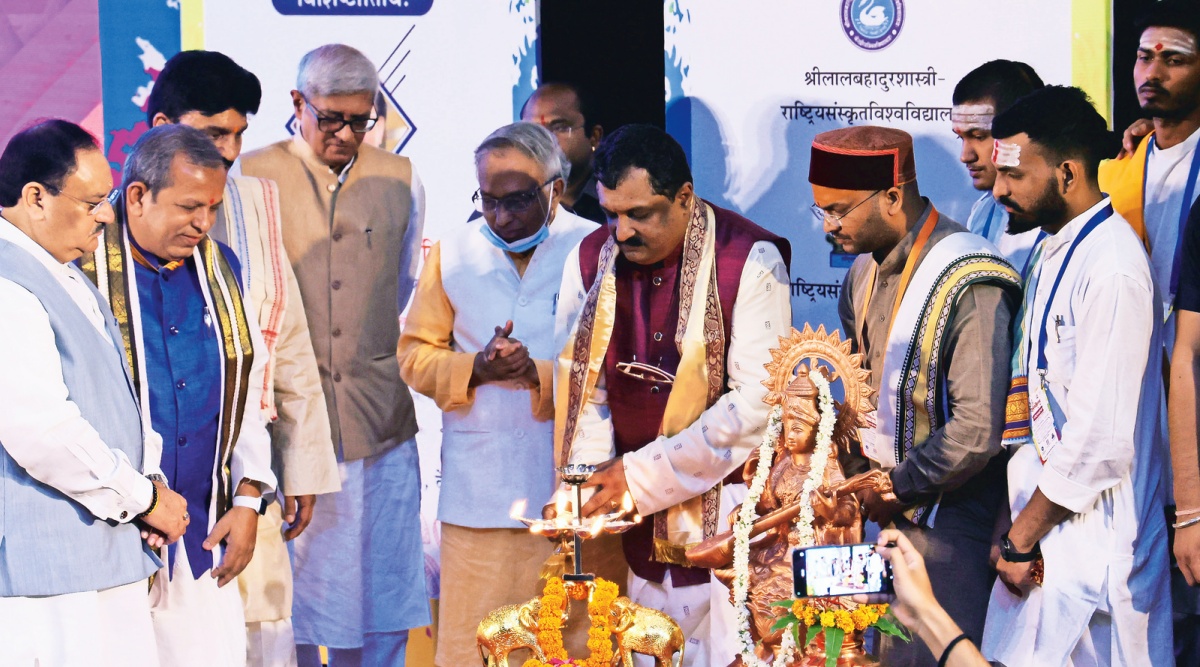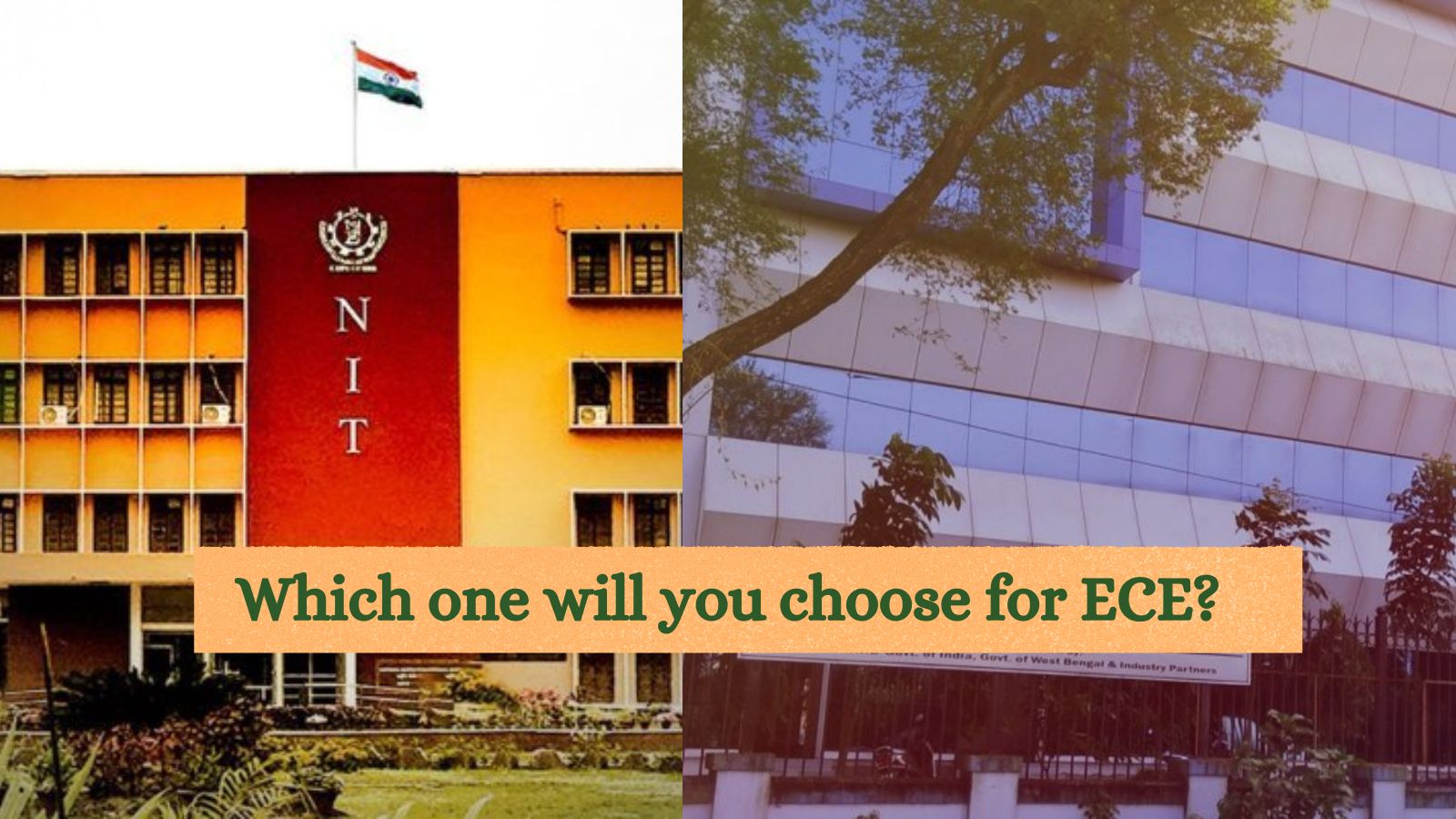From hospitality studies to yoga, two years after Parliament cleared Bills elevating three higher educational institutions teaching Sanskrit to the level of central universities, an exercise has been launched to modernise Sanskrit education by expanding the basket of courses on offer.
Sources involved in the process said most higher educational institutions offering conventional courses on Sanskrit are finding it difficult to sustain themselves purely based on grants received from the government at the level of the Centre and states.
The move is also in tune with the National Education Policy (NEP), 2020, which recommends that Sanskrit universities move towards becoming “large multidisciplinary institutions of higher learning”.
“The vision is grand but there has been very little progress on that front so far,” a source said. The effort to persuade colleges and universities to shed their “compartmentalised approach” was initiated on Saturday, with heads of three central and state universities offering courses on Sanskrit coming together for a three-day consultation in Delhi.
Day One had BJP president J P Nadda and chairman of the Prime Minister’s Economic Advisory Council Bibek Debroy in attendance. On Monday, Education Minister Dharmendra Pradhan will address the conclave.
Prof Shrinivasa Varakhedi, vice-chancellor, Central Sanskrit University, Delhi, said: “Sanskrit students need to have many openings. They need not be limited to pooja-path and teaching positions. For instance, every prominent hotel needs individuals with multiple skills. A Sanskrit student can double as a yoga instructor; as someone who can speak to guests about India’s traditions, heritage, and local culture.”
There are approximately 12,000 students enrolled in various campuses affiliated to Central Sanskrit University, Delhi. Shri Lal Bahadur Shastri National Sanskrit University, also in Delhi, has around 3,000 students, while around 2,500 students come under National Sanskrit University, Tirupati.
These universities offer undergraduate (or Shastri) and postgraduate (Acharya) programmes.
As part of the programmes, English is taught compulsorily, along with a choice of elective from among Political Science, History, Economics, Sociology, Hindi. “Most Sanskrit universities at the state level do not meet the standards set by UGC in terms of faculty strength or infrastructure to get funding,” an official acknowledged, explaining the need for them to turn “self-sufficient”.
The UGC’s announcement to allow universities to offer dual-degree programmes from the next academic session has also provided a ray of hope to Sanskrit educators.
“At the consultation, we will also discuss how best we can utilise this opportunity to increase the number of students studying Sanskrit. For example, a student pursuing BA Music can pick up a course on sangeet shastra for more depth in academic curriculum,” Varakhedi said.
!function(f,b,e,v,n,t,s)
{if(f.fbq)return;n=f.fbq=function(){n.callMethod?
n.callMethod.apply(n,arguments):n.queue.push(arguments)};
if(!f._fbq)f._fbq=n;n.push=n;n.loaded=!0;n.version=’2.0′;
n.queue=[];t=b.createElement(e);t.async=!0;
t.src=v;s=b.getElementsByTagName(e)[0];
s.parentNode.insertBefore(t,s)}(window, document,’script’,
‘https://connect.facebook.net/en_US/fbevents.js’);
fbq(‘init’, ‘444470064056909’);
fbq(‘track’, ‘PageView’);








